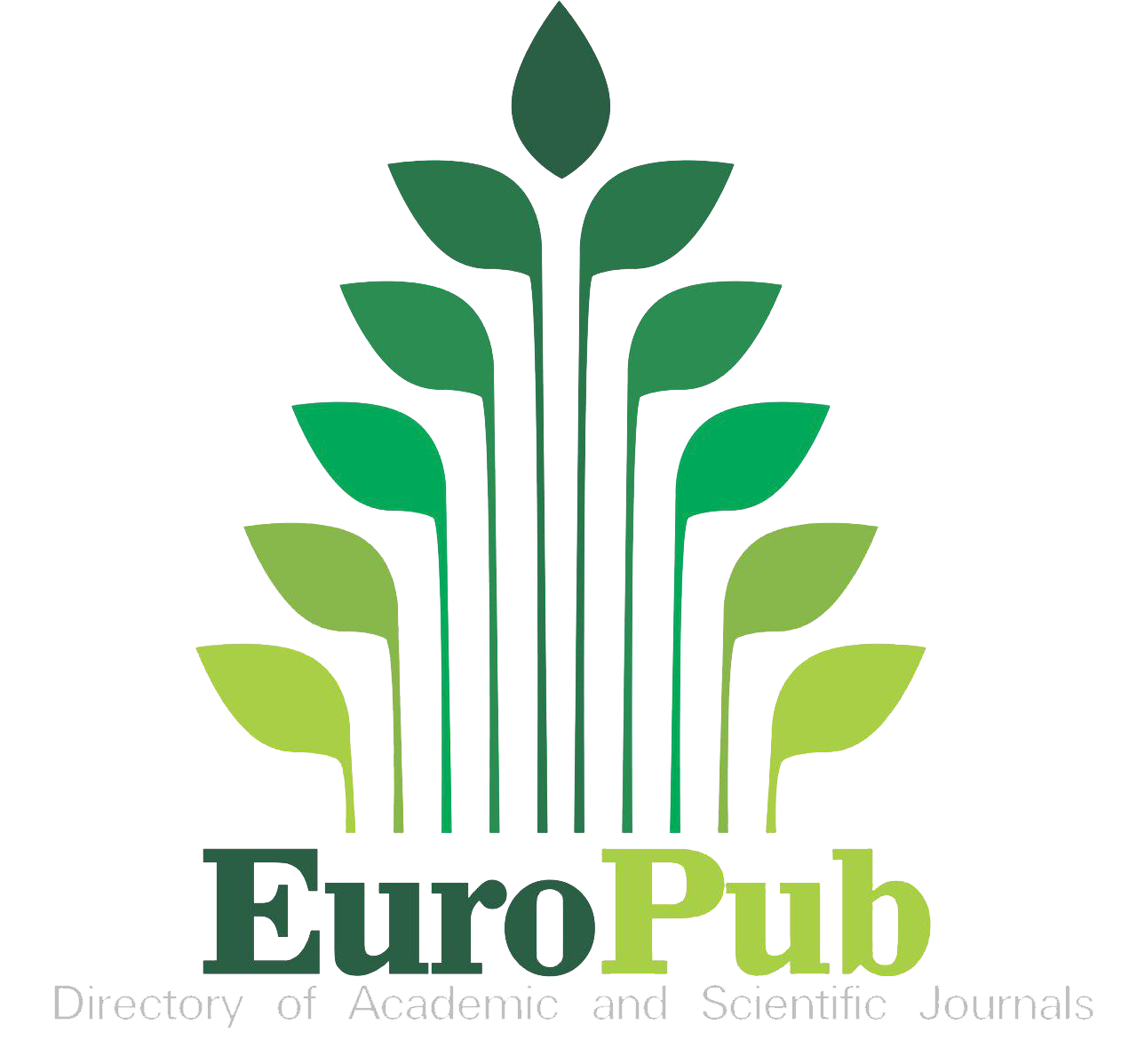The Impact of Human Mobility of COVID-19 Epidemic in Kuala Lumpur using GIS
DOI:
https://doi.org/10.54536/ajaset.v6i2.441Keywords:
Geographic Information System (GIS), Human movement, COVID-19, Mysejahtera apps, Pandemic, lockdown, GIS simulation, GIS PredictionAbstract
During the third COVID-19 wave in Malaysia, the Ministry of Health suggested a complete lockdown (Movement Control Order-MCO). However, tracking people's movements would help curb the virus' spread. Movement data helps companies uncover human mobility patterns, analyse present and previous movement patterns, and anticipate future consequences. GIS can generate flow maps, themed maps, and flow charts. GIS can show people moving from one site to another and study the link between people moving and land usage. This work utilised GIS to predict and construct lockdown zones based on human mobility. Between November and December 2020, it was also used to tour the most popular places. A survey of 380 Malaysians was undertaken. At the same time, Mysejahtera apps provided data on people's movements. This research was done in Kuala Lumpur and the respondents' data was arranged into an excel document. Then, the GIS programme simulated human activity and plotted regions with a "likely increase in ratio/speed of infection." Between November and December 2020 (RMCO time), everyday movements of Kuala Lumpur people might be utilised to apply "restrictive measures for COVID-19 containment". Instead of a nationwide lockdown, these locations should be targeted for localised lockdowns. So, the government should concentrate on a smart lockdown strategy to prevent catastrophic economic devastation. This research also helped health authorities and governments minimise mobility by optimising the allocation of the most frequented areas concerning population density. This method helped control the pandemic more efficiently and scientifically.
Downloads
References
Bandara, R. M. P. N. S., Jayasinghe, A. B., & Chemin, Y. (2014, June). Application of Mobile GIS for Mobility Mapping. International Conference of Communication (ICC), 91–100.
Bengtsson, L., Gaudart, J., Lu, X., Moore, S., Wetter, E., Sallah, K., Rebaudet, S., & Piarroux, R. (2015). Using Mobile Phone Data to Predict the Spatial Spread of Cholera. Scientific Reports, 5(August 2016). https://doi.org/10.1038/srep08923
Christian M. Ringle, M. S. J. F. H. J. G. T. M. H. (2014). A primer on partial least squares structural equation modeling (PLS-SEM). In SAGE Publications (2nd ed.).
Couture, V., Dingel, J. I., Green, A., Handbury, J., & Kevin Williams. (2020). Measuring Movement and Social Contact with Smartphone Data: A Real-Time Application to Covid-19. NBER Working Paper No. W27560, 34. https://ssrn.com/abstract=3658856
Ebrahimpour, Z., Wan, W., García, J. L. V., Cervantes, O., & Hou, L. (2020). Analyzing social-geographic human mobility patterns using large-scale social media data. ISPRS International Journal of Geo-Information, 9(2). https://doi.org/10.3390/ijgi9020125
El Maniani, M., Rechchach, M., El Mahfoudi, A., El Moudane, M., & Sabbar, A. (2016). A Calorimetric investigation of the liquid bi-ni alloys. Journal of Materials and Environmental Science, 7(10), 3759–3766.
Franch-Pardo, I., Desjardins, M. R., Barea-Navarro, I., & Cerdà, A. (2021). A review of GIS methodologies to analyze the dynamics of COVID-19 in the second half of 2020. Transactions in GIS, 25(5), 2191–2239. https://doi.org/10.1111/tgis.12792
GHRF Commission (Commission on a Global Health Risk Framework for the Future). (2016). The Neglected Dimension of Global Security. In The Neglected Dimension of Global Security. National Academies Press. https://doi.org/10.17226/21891
Guo, D., Zhu, X., Jin, H., Gao, P., & Andris, C. (2012). Discovering Spatial Patterns in Origin-Destination Mobility Data. Transactions in GIS, 16(3), 411–429. https://doi.org/10.1111/j.1467-9671.2012.01344.x
Hot Spot Spatial Analysis | Columbia Public Health. (n.d.). Population Health Method. Retrieved April 23, 2022, from https://www.publichealth.columbia.edu/research/population-health-methods/hot-spot-spatial-analysis
How Spatial Autocorrelation (Global Moran’s I) works—ArcGIS Pro | Documentation. (n.d.). ArcGIS Pro. Retrieved April 29, 2022, from https://pro.arcgis.com/en/pro-app/latest/tool-reference/spatial-statistics/h-how-spatial-autocorrelation-moran-s-i-spatial-st.htm
Ienca, M., & Vayena, E. (2020). On the responsible use of digital data to tackle the COVID-19 pandemic. Nature Medicine 2020, 26(4), 463–464. https://doi.org/10.1038/s41591-020-0832-5
Jonathan Losos. (2020, March 11). “Cat Tracker” study shows where pet cats go when they’re outside. National Geographic. https://www.nationalgeographic.com/animals/article/cat-tracker-shows-where-pets-go
Karpov, K. A., Bergen, M., Geibel, J. J., Law, P. M., Valle, C. F., & Fox, D. (2010). Erratum: Prospective (a priori) power analysis for detecting changes in density when sampling with strip transects (California Fish and Game (2010) 96 (69-81)). California Fish and Game, 96(4), 260–261.
Madden, J. M., More, S., Teljeur, C., Gleeson, J., Walsh, C., & McGrath, G. (2021). Population mobility trends, deprivation index and the spatio-temporal spread of coronavirus disease 2019 in ireland. International Journal of Environmental Research and Public Health, 18(12). https://doi.org/10.3390/ijerph18126285
Mccrum-Gardner, E. (2010). Sample size and power calculations made simple. International Journal of Therapy and Rehabilitation, 17(1), 10–14.
Noor Hisham Abdullah | DNDi. (2021). Drugs for Neglected Diseases Initiative. https://dndi.org/our-people/noor-hisham-abdullah/
Ossi, F., Hachem, F., Cagnacci, F., Demšar, U., & Damiani, M. L. (2021). FOREWORD. Proceedings of the 1st ACM SIGSPATIAL International Workshop on on Animal Movement Ecology and Human Mobility, HANIMOB 2021, iii. https://www-scopus-com.ezadmin.upm.edu.my.
Pope, M. K. C. G. (2020). Geographic Mobility In America: Evidence From Cell Phone Data. National Bureau Of Economic Research. chrome-extension://dagcmkpagjlhakfdhnbomgmjdpkdklff/enhanced-reader.html?openApp&pdf=https%3A%2F%2F www.nber.org%2Fsystem%2Ffiles%2Fworking_papers%2Fw27072%2Fw27072.pdf
Robert V. Krejcie, D. W. M. (1970). Determining Sample Size for Research Activities. Educational and Psychological Measurement. https://doi.org/https://doi.org/10.1177%2F001316447003000308
Sanjoy Chakravorty. (1995). Identifying Crime Clusters: The Spatial Principles. Advanced Laser Dentistry, 1984, 215–220. https://doi.org/10.1117/12.207026
Sekaran, U., & Bougie, R. (2005). Research methods for business : A skill-building approach Fourth Business. John Wiley and Sons, New York. In. Journal of Multi Disciplinary Evaluation, 4(20). Wiley. https://www.wiley.com/en-ae/
Zikmund, W. G. (2003). Business Research Methods (7th ed.). Mason, OH : Thomson/South-Western, ©2003.
Downloads
Published
Issue
Section
License
Copyright (c) 2022 Ramzi Qwasmi, Alias Bin Abdullah, Zainora bt Asmawi, Norzailawati Mohd Noor

This work is licensed under a Creative Commons Attribution 4.0 International License.







